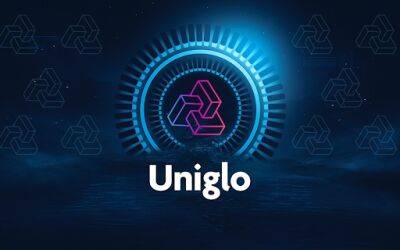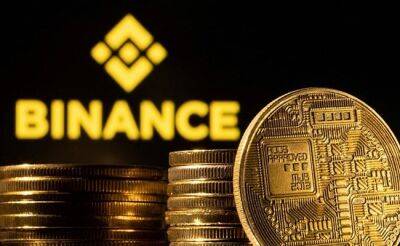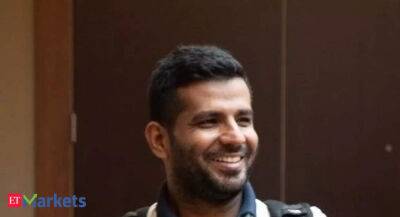Stablecoin projects need collaboration, not competition: Frax founder
Stablecoin projects need to take a more collaborative approach to grow each other’s liquidity and the ecosystem as a whole, says Sam Kazemian, the founder of Frax Finance.
Speaking to Cointelegraph, Kazemian explained that as long as stablecoin “liquidity is growing proportionally with each other” through shared liquidity pools and collateral schemes, there won’t ever be true competition between stablecoins.
Kazemian’s FRAX stablecoin is a fractional-algorithmic stablecoin with parts of its supply backed by collateral and other parts backed algorithmically.
Kazemian explained that growth in the stablecoin ecosystem is not a "zero-sum game" as each token is increasingly intertwined and reliant on each other's performance.
FRAX uses Circle’s USD Coin (USDC) as a portion of its collateral. DAI, a decentralized stablecoin maintained by the Maker Protocol, also uses USDC as collateral for more than half of the tokens in circulation. As FRAX and DAI continue to expand their market caps, they will likely need more USDC collateral.
However, Kazemian pointed out that if one project decides to dump another, it could have negative effects on the ecosystem.
The current top three stablecoins by marketcap in order from the top are Tether (USDT), USDC, and Binance USD (BUSD). DAI and FRAX are both decentralized stablecoins that take the fourth and fifth places among the top.
USDC has had the largest growth over the past year of all three, with market cap more than doubling last July to $55 billion, bringing it nearly within arm’s reach of USDT according to CoinGecko.
Kazemian feels that USDC’s proliferation across the industry and arguably greater transparency about its reserves should make it the most valuable stablecoin for collaboration
Read more on cointelegraph.com





















![Per Coinmarketcap - Bitcoin [BTC] traders must sit tight without expecting short-term gains because… - ambcrypto.com](https://finance-news.co/storage/thumbs_400/img/2022/8/21/37922_2t5r.jpg)


